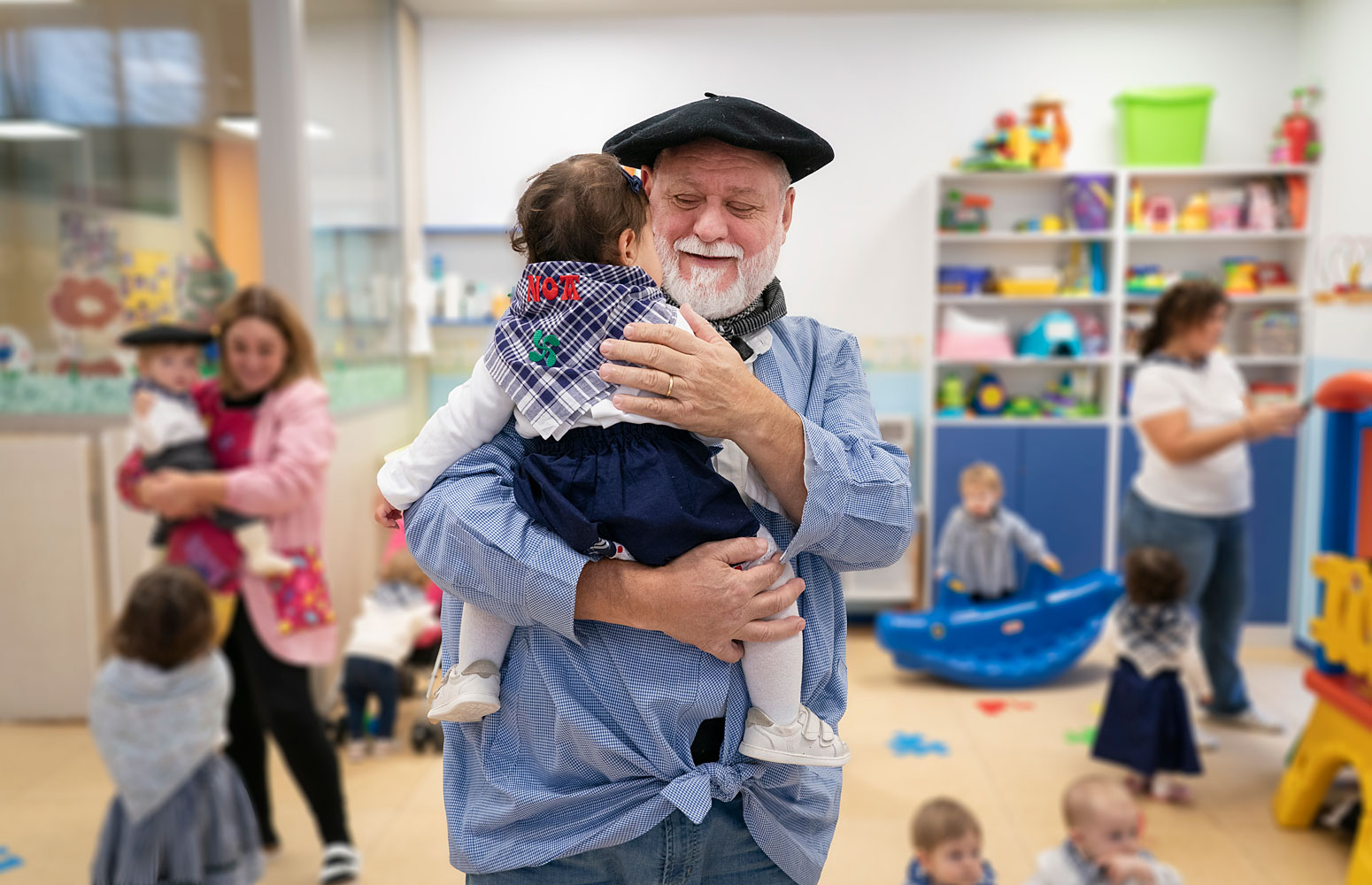-
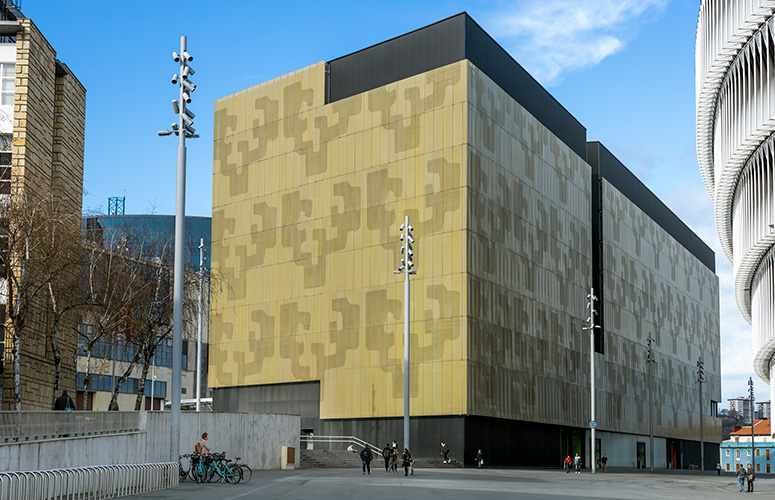
Teknikarien eta kudeaketako eta administrazio eta zerbitzuetako langileen 2024ko LEP onartu du UPV/EHUk
-
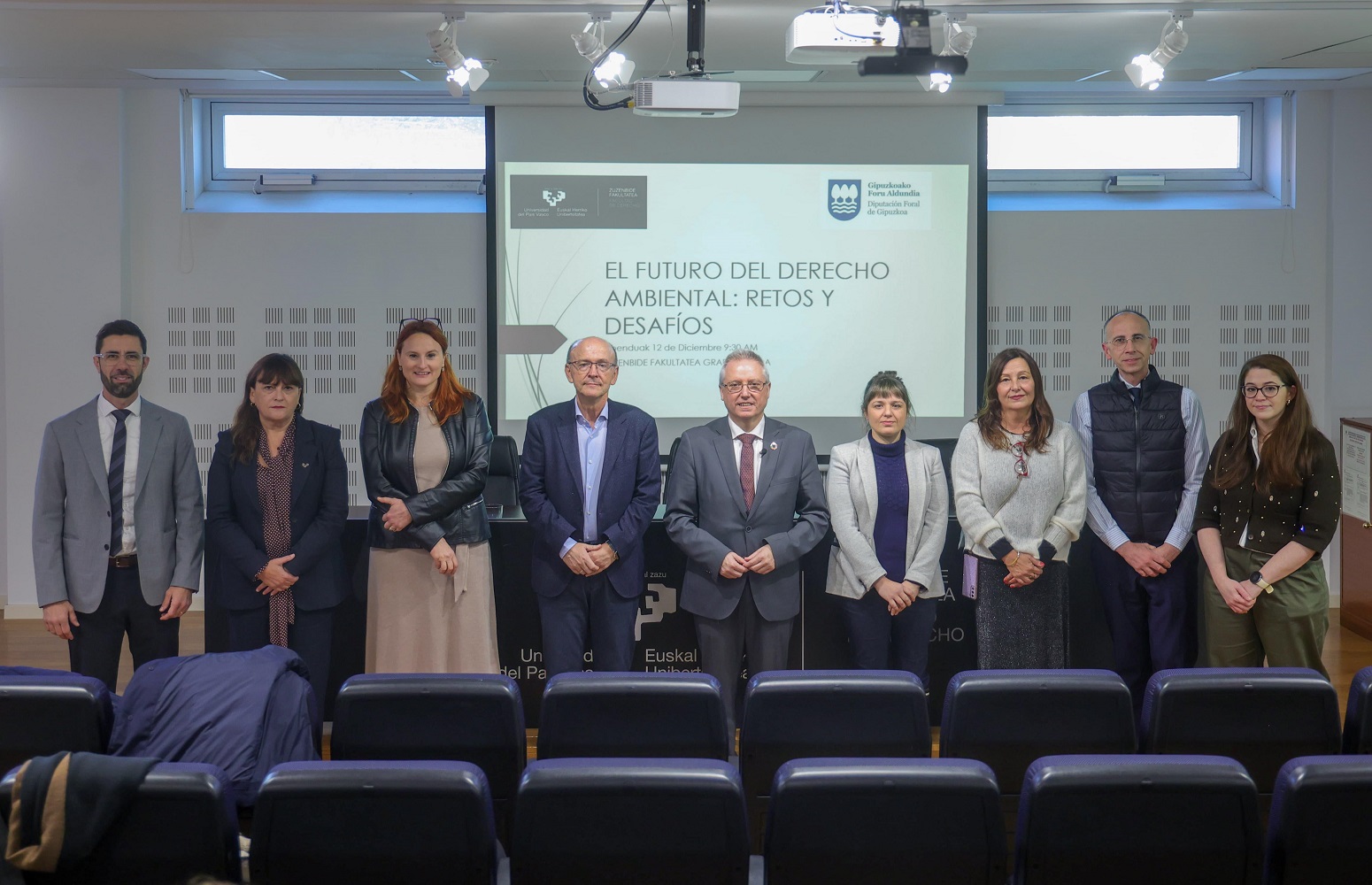
Ingurumen-zuzenbidearen inguruan lehen Jasangarritasun Gela aurkeztu dute
-
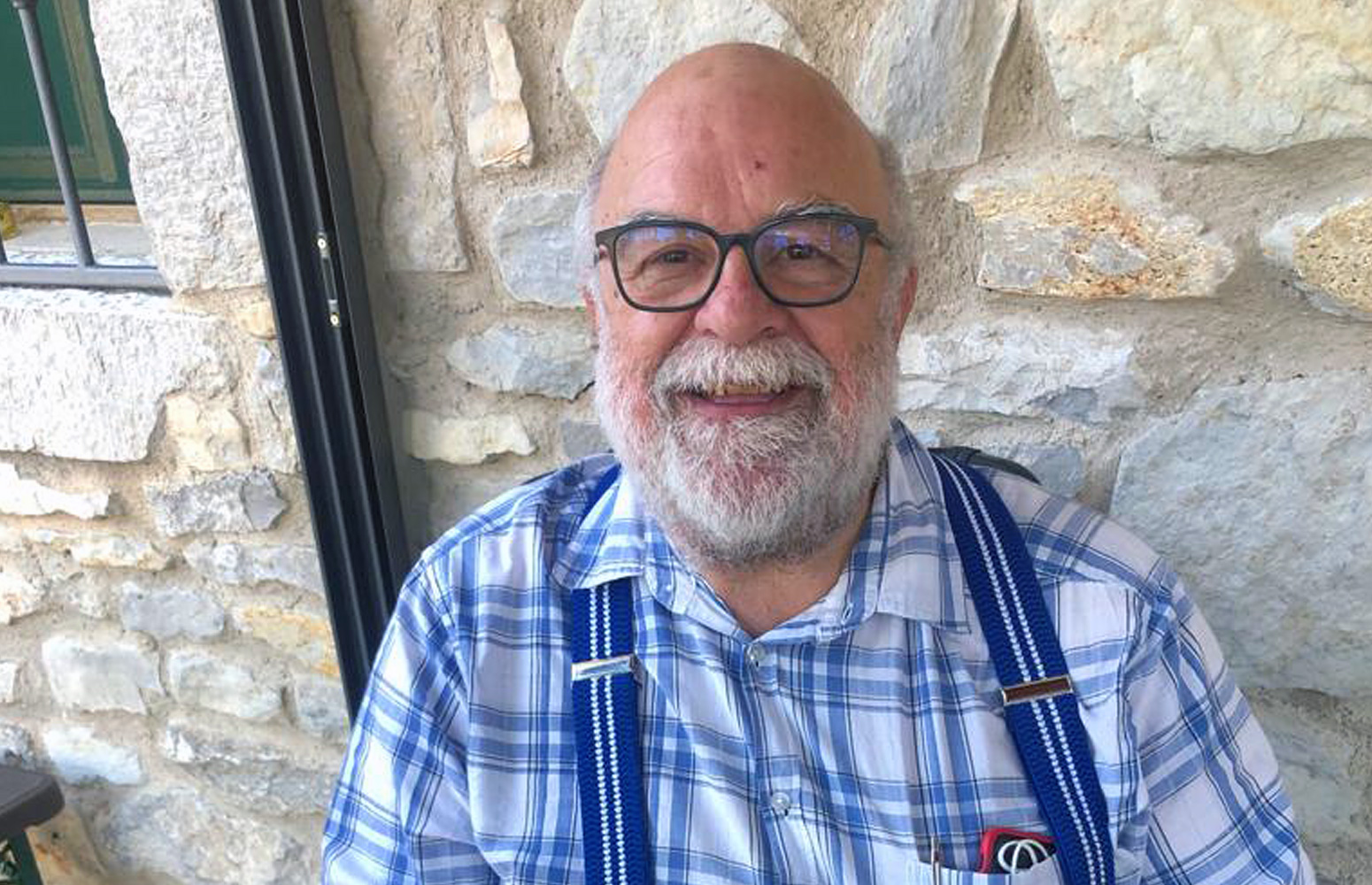
In memoriam: Eduardo Angulo
-

11-12 urtekoek smartphoneak nagusiki hitz egiteko erabiltzen dituzte
-

Hondakin organikoak murriztearen garrantziaz DBHko ikasleak ohartzeko proiektua
New dressing for chronic wounds
Created by researchers at the UPV/EHU-University of the Basque Country, it comprises nanofibres of a biodegradable polymer, aloe vera and lipid nanoparticles
First publication date: 18/03/2019
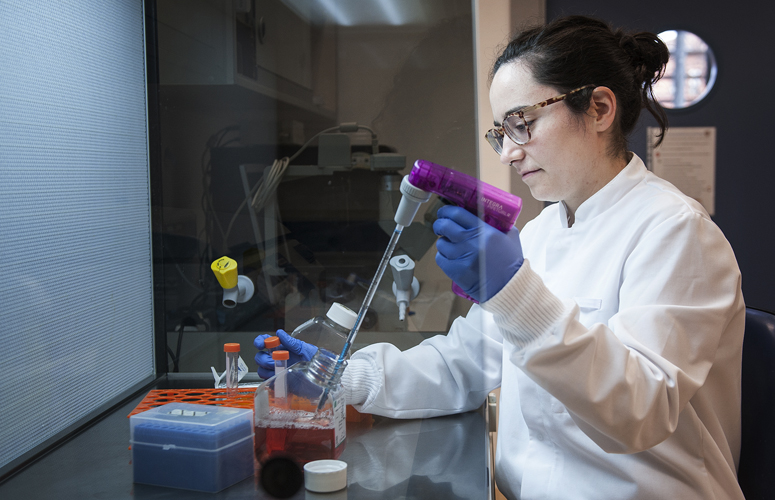
The International Journal of Pharmaceutics has recently published the study entitled ‘Composite nanofibrous membranes of PLGA/Aloe vera containing lipid nanoparticles for wound dressing applications’; this study has developed a new dressing for treating chronic wounds and which acts as a second skin, thus protecting the wound, keeping it hydrated and promoting the cicatrising process.
The resulting dressing is made up of nanofibres of a biodegradable polymer (PLGA), aloe vera and lipid nanoparticles, and is produced by means of the electrospinning technique. This technique for manufacturing fibres is based on a set of electromagnetic concepts, such as electrostatic charge in which a solution, usually of a polymeric type, is induced by this effect and produces fibres of varying sizes as a result. Electrospinning provides the developed elements with a range of characteristics, such as a broad surface per unit of area, porosity and a series of mechanical properties, thus rendering it attractive on a biotechnological level.
As Itxaso García-Orue, one of the authors of the study and a member of the NanoBioCel Group at the UPV/EHU’s Faculty of Pharmacy, explained, “due to the adding of aloe vera, with proliferative properties, the dressing was capable of improving the proliferation of fibroblasts in an in-vitro study. Likewise, in a cicatrisation study carried out on diabetic mice, the dressing significantly promoted the closing of the wound, re-epithelialization, and the resolution of the inflammatory process. The adding of the lipid nanoparticles improved the mechanical properties and thickness of the dressing, thus facilitating the handling and applying of it”.
Two dressings were developed for the work that has now been published. A PLGA and aloe vera emulsion (1:1) was added to the first, and lipid nanoparticles (NLC) were added to the above-mentioned emulsion in the case of the second one. The adding of a lipid component was done to prevent the dressing from getting stuck to the wound and improve the handling of it. Both dressings displayed similar cicatrisation and the same results in terms of effectiveness in wound cicatrisation, although the PLGA-AV-NLC formulation was found to display better handling in terms of elasticity and thickness. “So, the PLGA-AV-NLC nanofibrous membrane could be a promising strategy for treating chronic wounds, as there was an improvement in handling in comparison with the formulation without the NLC,” concluded the researcher.
Bibliographic reference
- Composite nanofibrous membranes of PLGA/Aloe vera containing lipid nanoparticles for wound dressing applications
- International Journal of Pharmaceutics (Volume 556, Pages 320-329), February 2019
- DOI: 10.1016/j.ijpharm.2018.12.010
Image gallery
-
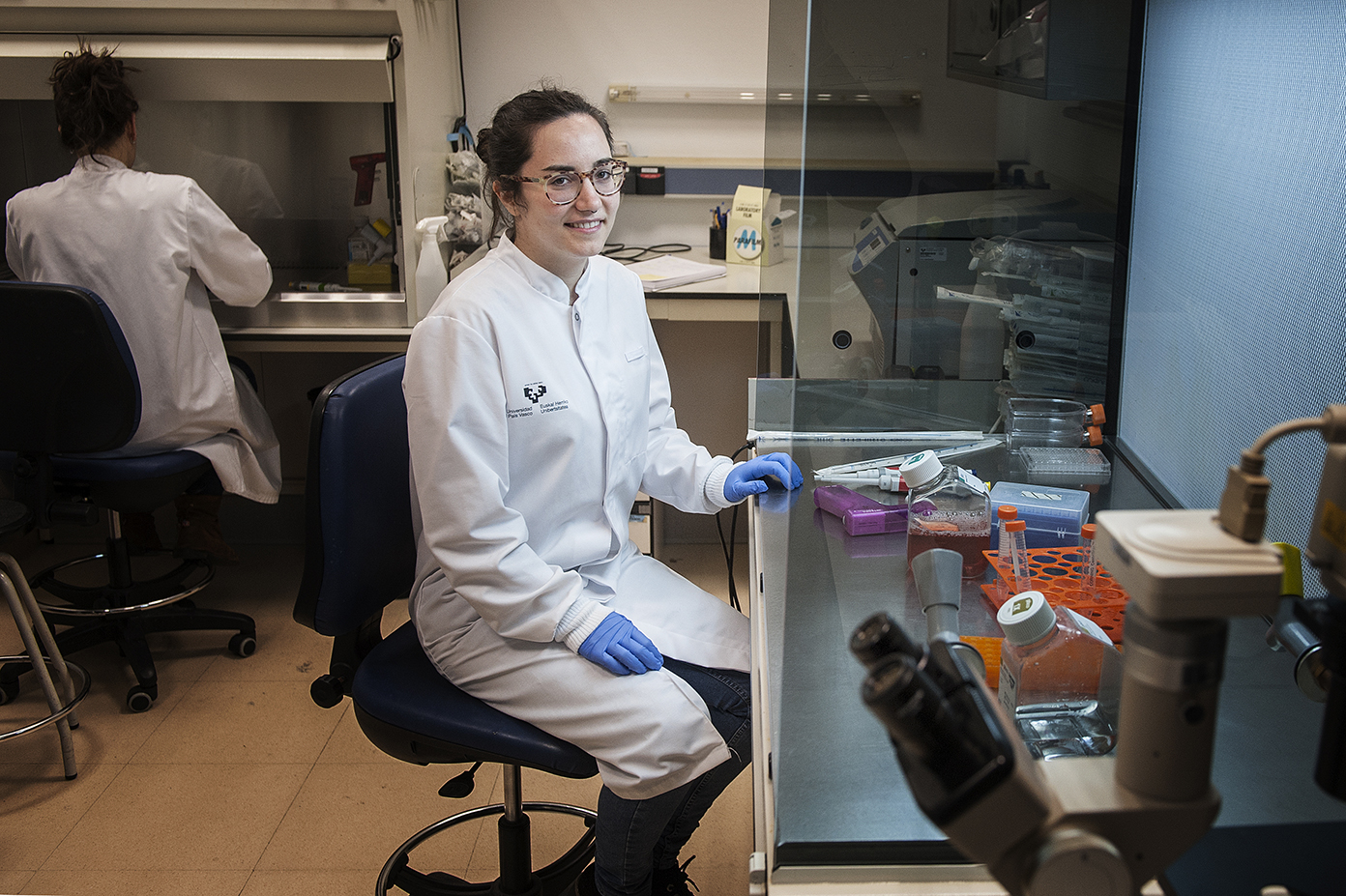
Itxaso García Orue -

In vivo wound closure. (A) Wounds photographs of each group on days 1, 4, 8, 11 and 15. (B) Wound closure represented as the percentage of reduction of the initial area on days 4, 8, 11 and 15 postinjury. -
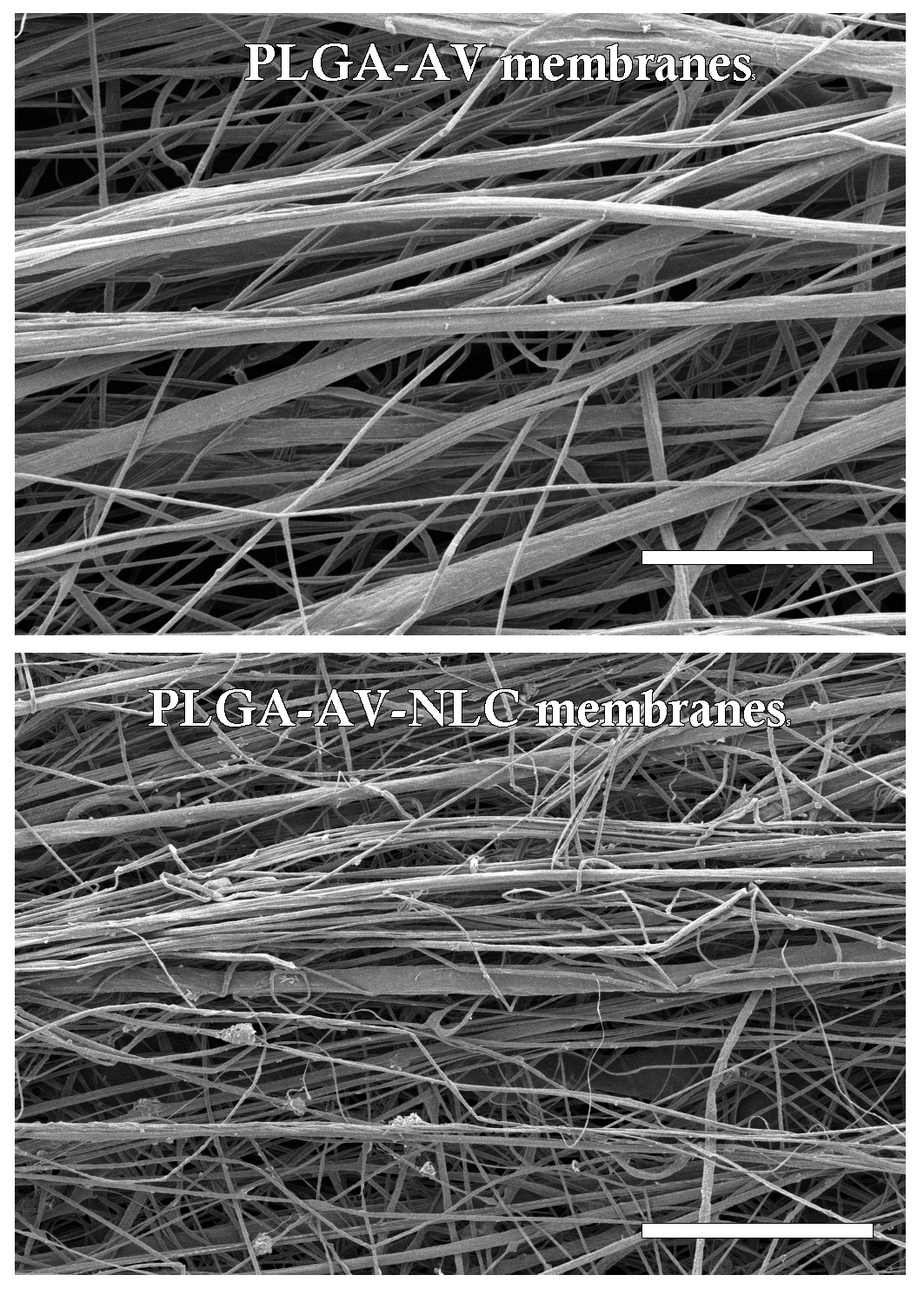
SEM images of the PLGA-AV and PLGA-AV-NLC membranes. The scale bar of each image indicates 100 μm.


